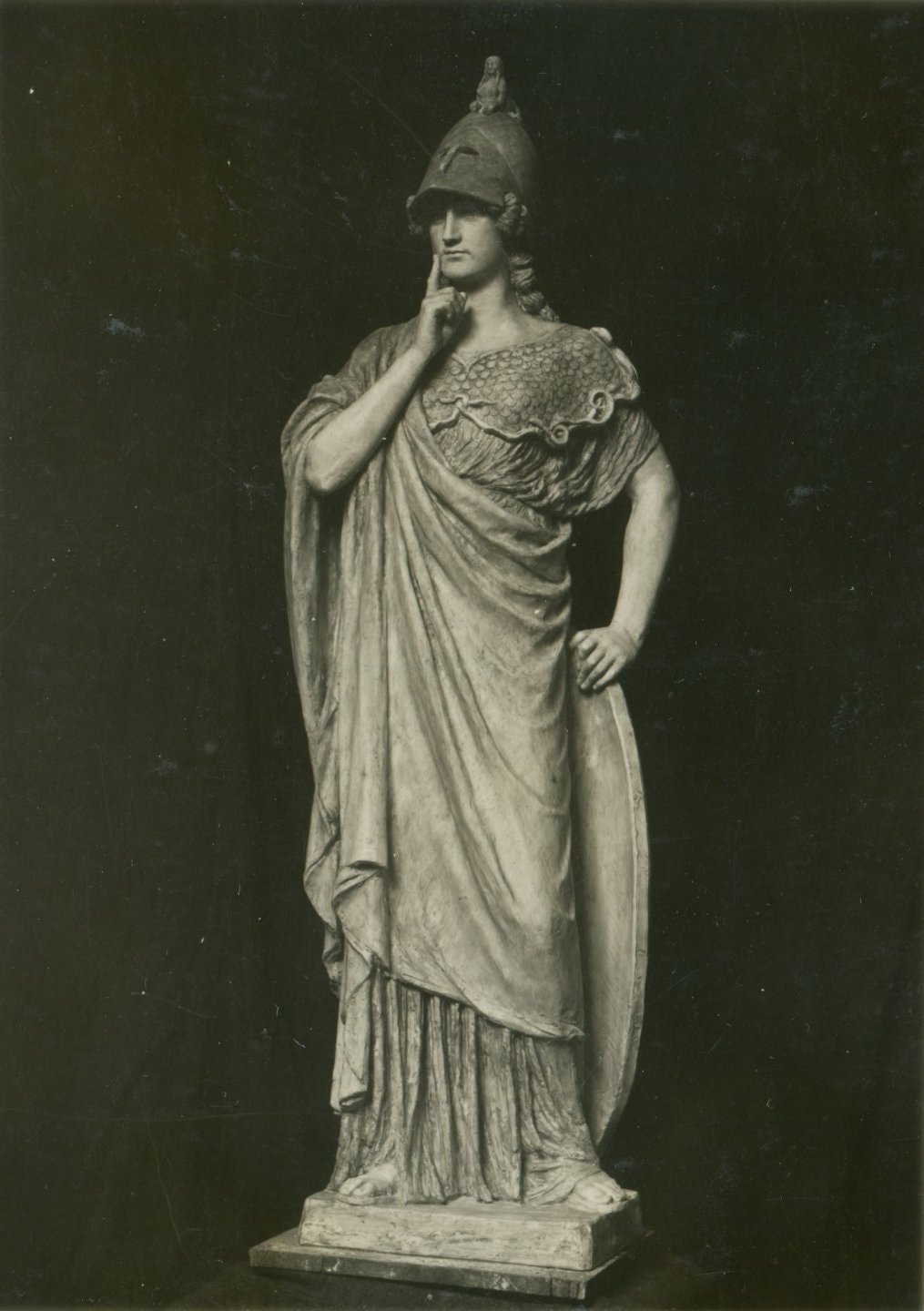Ignác Weirich
Ignác Weirich
(1856, Fukov – 1916, Wien)
 Ignác Weirich byl talentovaný sochař a řezbář, jehož životní cesta vedla z chudého severočeského Fukova až do Říma a do Vídně. Díky svému mimořádnému nadání byl jako mladík přijat na kreslířskou školu v saském Taubenheimu, studia však musel z finančních důvodů přerušit a vypomáhal rodině jako tkadlec. Později se vyučil u uměleckých truhlářů v Bohosudově a Drážďanech. Umělecké vzdělání si doplnil ve Vídni na umělecko-průmyslové škole a malířské akademii.
Ignác Weirich byl talentovaný sochař a řezbář, jehož životní cesta vedla z chudého severočeského Fukova až do Říma a do Vídně. Díky svému mimořádnému nadání byl jako mladík přijat na kreslířskou školu v saském Taubenheimu, studia však musel z finančních důvodů přerušit a vypomáhal rodině jako tkadlec. Později se vyučil u uměleckých truhlářů v Bohosudově a Drážďanech. Umělecké vzdělání si doplnil ve Vídni na umělecko-průmyslové škole a malířské akademii.
Jeho mimořádný talent mu vynesl několik stipendií, včetně dvouletého studijního pobytu v Římě. Právě zde se seznámil s markrabětem Alexandrem Pallavicinim, pro kterého vytvořil řadu děl určených pro zámek v Jemnici. Po vypuknutí první světové války odjel do Vídně, odkud byl deportován do Starého Hobzí u Jemnice. Zde pokračoval v práci na zakázkách pro rodinu Pallavicini.
Weirichovo dílo se vyznačuje precizností, smyslem pro detail a řemeslnou dokonalostí, které spojoval s hlubokým výtvarným citem.
Ignác Weirich war ein begabter Bildhauer und Holzschnitzer, dessen Lebensweg ihn vom armen nordböhmischen Städtchen Fukov über Rom nach Wien führte. Dank seines außergewöhnlichen Talents wurde er als junger Mann an einer Zeichenschule im sächsischen Taubenheim angenommen, musste sein Studium jedoch aus finanziellen Gründen unterbrechen und unterstützte seine Familie als Weber. Später absolvierte er eine Lehre bei Kunsttischlern in Bohosudov und Dresden. Seine künstlerische Ausbildung schloss er in Wien an der Kunstgewerbeschule und der Akademie der Malerei ab.
Sein außergewöhnliches Talent brachte ihm mehrere Stipendien ein, darunter einen zweijährigen Studienaufenthalt in Rom. Hier lernte er Markgraf Alexander Pallavicini kennen, für den er mehrere Werke für das Schloss Jemnice schuf. Nach Ausbruch des Ersten Weltkriegs ging er nach Wien, von wo er nach Staré Hobzí bei Jemnice deportiert wurde. Hier arbeitete er weiterhin an Auftragsarbeiten für das Familie Pallavicini.
Weirichs Arbeiten zeichnen sich durch Präzision, Liebe zum Detail und handwerkliches Können aus, die er mit einem tiefen künstlerischen Gespür kombiniert.
Ignác Weirich was a talented sculptor and woodcarver whose life path led from the poor North Bohemian town of Fukov to Rome and Vienna. Thanks to his extraordinary talent, he was accepted as a young man to a drawing school in Taubenheim, Saxony, but had to interrupt his studies for financial reasons and helped his family as a weaver. He later apprenticed with art carpenters in Bohosudov and Dresden. He completed his artistic education in Vienna at the School of Applied Arts and the Academy of Painting.
His extraordinary talent earned him several scholarships, including a two-year study stay in Rome. It was here that he met Margrave Alexander Pallavicini, for whom he created a number of works intended for the castle in Jemnice. After the outbreak of the First World War, he went to Vienna, from where he was deported to Staré Hobzí near Jemnice. Here he continued to work on commissions for the Pallavicini family.
Weirich's work is characterized by precision, attention to detail, and craftsmanship, which he combined with a deep artistic sensibility.
